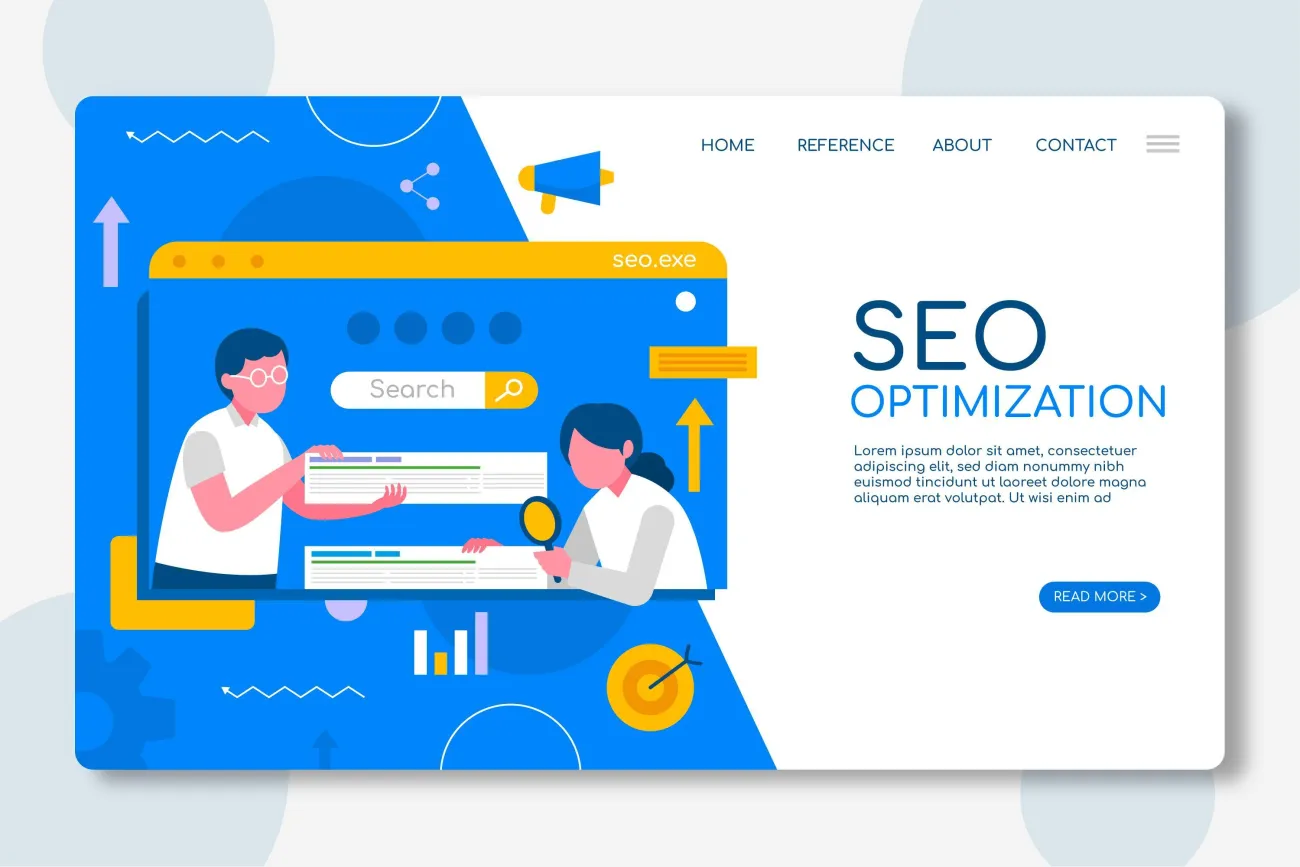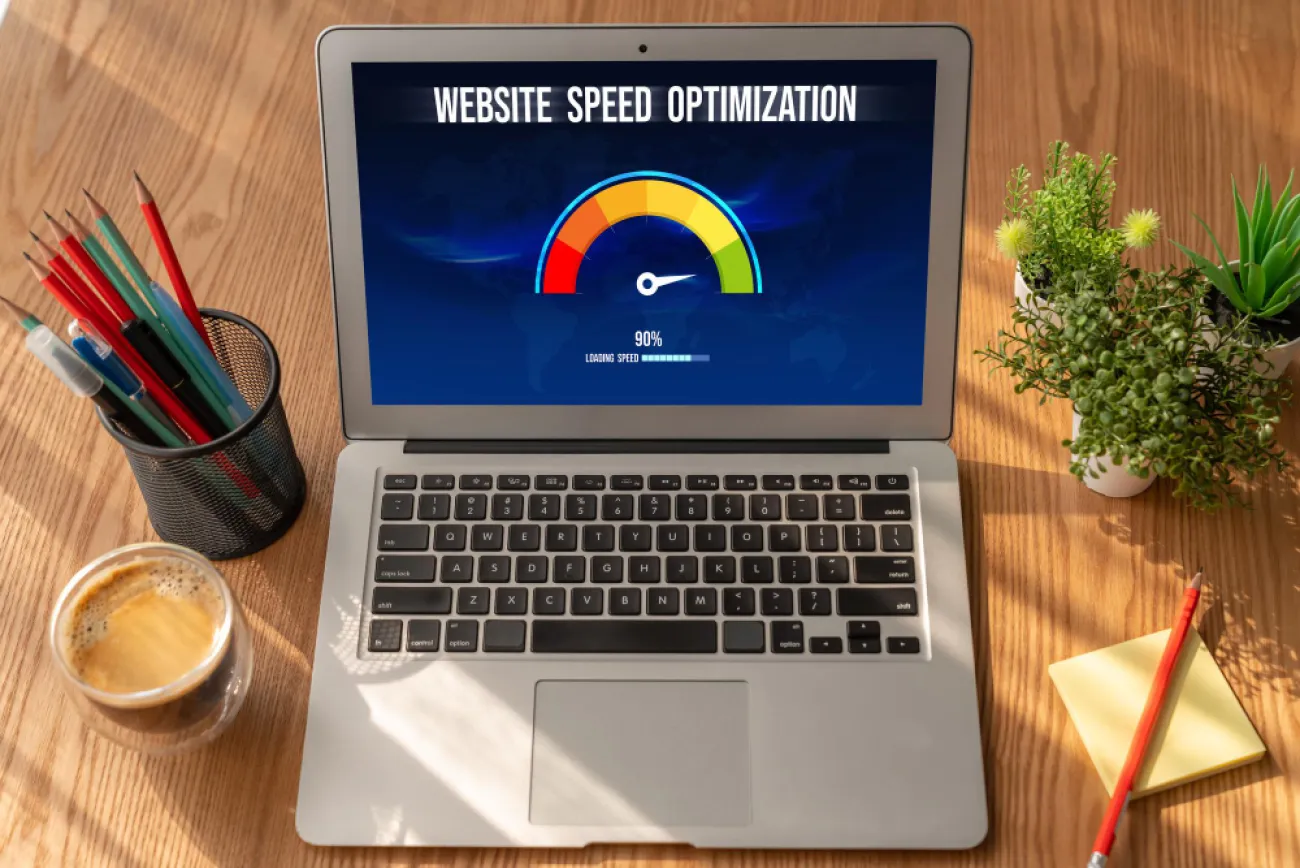The Impact of Web Design on SEO and User Engagement

All brands, organizations, or businesses establish their internet presence using a well-built site as their foundation. The SEO website design features like the visual presentation of the site, content, general layout, site usability, and other meaningful factors are detrimental to the success of the website including search engine optimization (SEO) and usability.
When websites are designed addressing concerns associated with search engine robot requirements and those of the human visitors, they could deliver more pertinent barrage from the search engines and at the same moment increase engagement and conversion rates of the visitors through healthy site experiences.
This strategic design implementation guide aims to determine the extent to which design of websites affects SEO and user interaction and provide practical recommendations on how user experience affects SEO.
How Web Design Affects SEO
SEO is the practice of improving the volume and quality of a website's organic search traffic by optimizing its presence in search engine results pages (SERPs). While off-page SEO tactics like link building are important, a website's on-page design also significantly impacts search crawler behavior, indexing, and ranking factors.
Site Architecture and Internal Linking Structure
A website's information architecture (IA) defines how its content is organized and structured. A clear, logical, and intuitive IA allows search bots to easily crawl, categorize, and index pages. Related pages should be effectively interlinked using contextual anchor text and relevant keywords to highlight topical associations. This strengthens the site's relevance on connected topics.
For example, an e-commerce site should have clear menu and catalog organization with appropriately named category and subcategory pages. Product pages should link internally to related products, brand pages, buying guides, blogs, etc. It is important to learn all these elements when it comes to how to build search engine-friendly sites.
Optimized URL Structures
URLs play an important role in SEO. URLs should be short, clean, and keyword-rich to accurately describe each page's content. For example,"www.example.com/products/laptops/dell-xps-15-review" is a semantic, optimized URL. Avoid overly long, complex URLs with unnecessary parameters.
Page Speed

Page speed measures how quickly each page loads, which is a ranking factor for search engines. Users also prefer faster sites.
Optimized SEO website design minimizes page weight through compressed files, efficient coding, browser caching, and minimal redirects. Images should be properly sized, lazy loaded, and compressed. These speed optimizations enhance both SEO and user experience.
Mobile-Friendly, Responsive Design and SEO
In this era where smartphone dependency is high, Google now gives preference to responsive sites, friendly mobile pages among mobile search outcomes.
Websites are required to automatically size and reconfigure page structure to fit the display and usage of any type of hardware. There are responsive designs using flexible boxes, relative measuring systems such as REM and the media queries language of CSS.
Accessible Web Design
Accessible SEO website design enables content submission to all users regardless of any inability that the user may suffer from. Such elements as ARIA roles and attributes, alt texts, color blends, text focus states, and the Semantics of the interface aim to have content not only readable by the users but also understood by the search machines. This extends app availability.
Quality Content
Although it is not necessarily related to design and SEO, original high quality useful text images and videos still being very powerful search ranking factors. As for the website design, it must aim to showcase, arrange, and make available content in an efficient manner.
How Web Design Influences User Engagement
Beyond SEO, a website's design has immense influence over the user experience, which directly impacts engagement metrics and conversions. Optimizing web design for usability, findability, and persuasiveness is key to driving desired user actions and behaviors. It is better to reach out to a professional like a UX design consultant.
Visual Design and Branding
A cohesive visual design establishes brand identity throughout the site via logos, color scheme, typography, and image styles. A polished, professional aesthetic aligned to brand standards boosts credibility and engagement. Photography and graphics should support content tone and meaning.
Navigation and IA
The site's IA and navigation mechanisms like menus, filters, and site search should allow easy self-navigation to needed information. Minimal clicks to key pages lowers frustration. persistent navigation remains visible. Intuitive IA and navigation minimizes confusion.
Page Layout

A clean, balanced page layout improves scanability and readability. Short paragraphs, ample whitespace, and clear headings enable easy content digestion. Related media should be embedded close to relevant text for appropriate context.
Content Structure and Presentation
Well-structured and presented content keeps users engaged while consuming information. Employ short sentences and paragraphs for scannability. Use lists and headings to break up long blocks of text. Include multimedia to supplement and reinforce written content.
Loading Speed
Fast page loads improve conversions by minimizing user frustration. As a best practice, no page should take longer than 2-3 seconds to fully load. Optimized images, efficient code, and minimal server requests facilitate speed.
Responsive Design
Responsive web design provides an optimal experience across devices. Content should dynamically adapt and rearrange for comfortable viewing on any screen size. Key elements like navigation and CTAs remain visible. This keeps users engaged.
Web Design Best Practices to Optimize for SEO and UX
By aligning web design decisions with both search engine optimization and user experience optimization needs, websites can drive significant organic traffic and engagement. Here are some key web design best practices to implement:
Clean, Mobile-Friendly Site Architecture: Organize site architecture intuitively with easy navigation to pages. Mobile-friendly, responsive design is mandatory.
Semantic URL Structures: Use brief, keyword-rich URLs that accurately describe page content.
Quality Anchor Text Internal Linking: Link related pages using relevant anchor text and keywords to highlight contextual associations.
Loading Speed Optimization: Compress files, optimize code, use browser caching, lazy load media, and leverage CDNs to accelerate load times.
Accessibility: Incorporate ARIA tags, alt text, semantic HTML, color contrast, focus states and other accessible design features.
Strong Visual Branding: Use color, logo, typography, and image styles to build a professional, consistent look that represents your brand.
Conclusion
The impression created by a website's design plays a crucial role in a website's possibilities to maintain a consistent flow of search engine traffic, visit their pages, and convert into customers.
Today, SEO toolkits also note the importance of responsive design, load speed, well-structured information, and attractive content. They show how user experience affects SEO.
Adhering to the web design good practices for both SEO and the user's broad serving the needs of the business increases traffic to a great extent and also improves all the important conversion rates. The principles that are already in place after the web design optimization will help cart every other business strategy in the online space to another level.